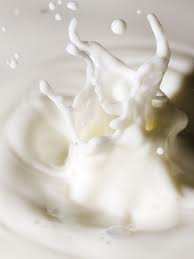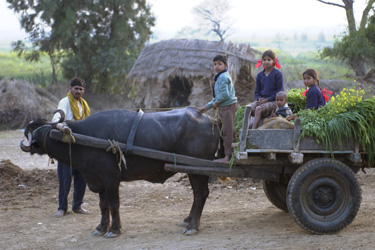Utility of Buffalopedia
Milk production
Buffalo are the second largest source of milk supply in the world. In 2004, according to statistics from the United Nations’ Food and Agriculture Organisation (FAO) the world production of buffalo milk was 75.8 million tonnes (Mt). Trends in world milk production over the five years to 2004 indicate that the volume of buffalo milk is increasing steadily at about three percent per year (see Table 1). While dairy cattle produce 84% of the total milk in the world it has to be noted that this volume is with an average fat and protein content of 4% and 3.5% respectively. The average fat content in buffalo milk is about 7 to 8% while protein content in buffalo milk ranges from 4.2 to 4.5%. So in terms of energy corrected milk, buffalo milk is making a greater food contribution than the actual volume of buffalo milk suggests.

Meat production
Buffalo have been used as draught animals for centuries. This has lead to exceptional muscular development: some animals can weigh more than 1000 kg. Though buffalo are a major source of meat, they have not been used solely for meat production until recently. Most buffalo meat is derived from old animals so not surprisingly the meat is considered to be of poor quality. However this is not true of meat from younger animals. Buffalo meat from animals properly reared and fed, is tender and palatable. Buffalo are lean animals. In general, a buffalo carcass has a higher proportion of muscle and a lower ratio of bone and fat than a cattle carcass (BSTID, 1981).

Work
The water buffalo is an important beast of burden in Asian farming. It is widely used to plough, level land, plant crops, puddle rice fields, cultivate field crops, pump water, haul carts, sleds and shallow-draft boats. It is also used to carry people, thresh grain, press sugar cane, haul logs, and more. Buffalo have an advantage over other draught animals in wet or muddy areas, with their large hooves. Their legs can withstand wet conditions better than cattle. However they are not as fast as cattle, horses or mules. This puts them at a disadvantage in dryer areas (BSTID, 1981).
source DeLaval booklet on Efficient Dairy Buffalo Production

